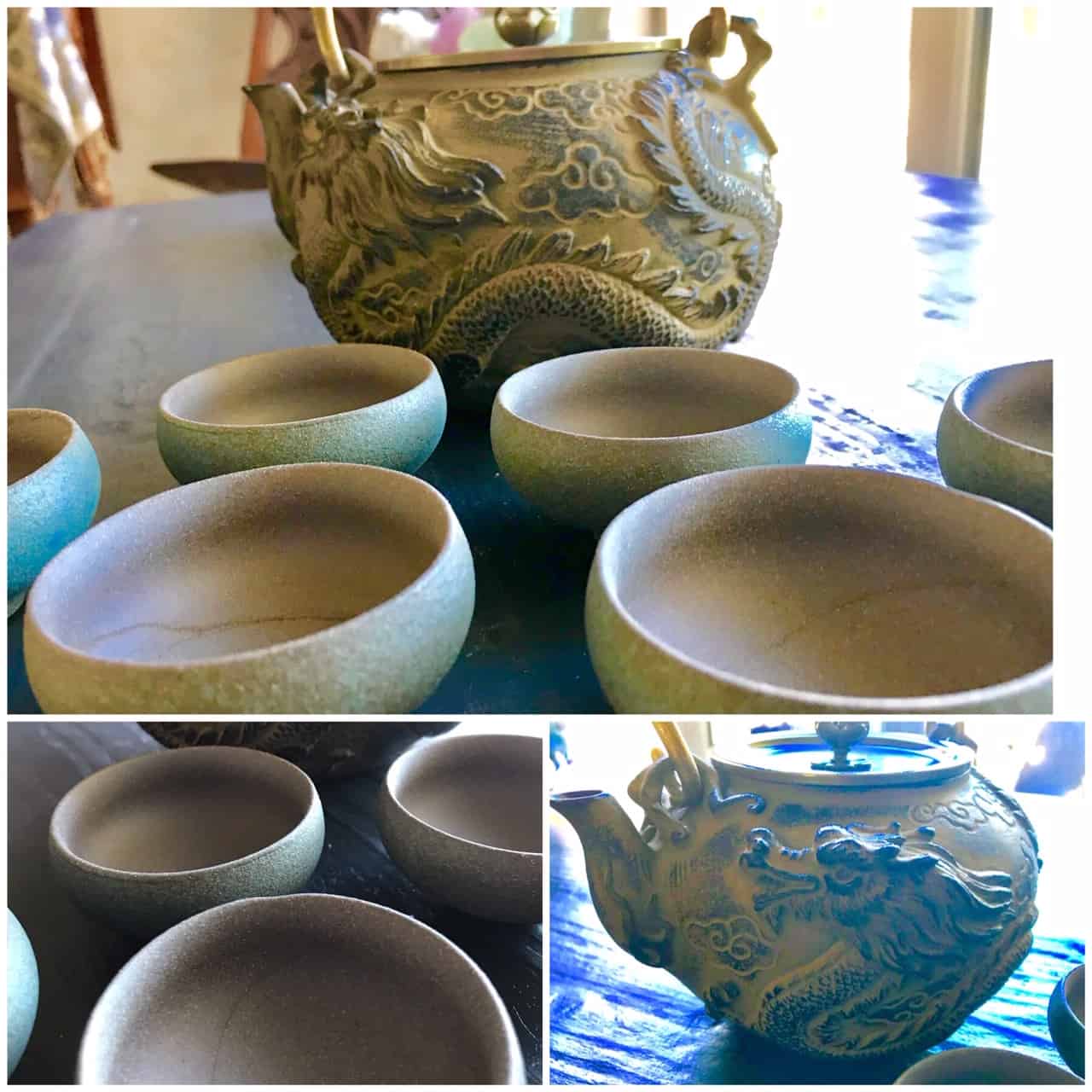If you’ve ever experienced a tea ceremony, you know just how special they are. Whether you’ve had one in the privacy of your own home or while traveling to a country that embraces tea as part of their culture: India, England, Japan, China and countless other destinations around the world. Drinking tea feels as if its almost as old as time itself. According to Chinese legend, the history of tea began in 2,737 B.C.E. when the Emperor Shen Nong, accidentally discovered it from his garden. And, drinking tea in Japan began as early as the 9th century, and it is thought that the Buddhist monks Kūkai and Saichō may have been the first to bring tea seeds to Japan.
India is apparently one of the largest tea producers in the world, although over 70 percent of it is actually drunk on its own soil. People will know India for its most renowned teas, such as Assam and Darjeeling, the latter of which we drank when I lived in London frequently.
if you didn’t grow up in a ‘tea’ culture, chances are it’s been a part of your life at some juncture. Apparently the teapot was invented in China during the Yuan Dynasty — it is said that it probably derived from ceramic kettles and wine pots. While I few up with tea pots, one ancient yellow porcelain one which we glued the top back together more than once. Believe it or not, I still have it to this day.

Tea ceremonies are so special!
Despite how many tea pots we have (and use, including Sterling silver tea sets), we’ve never really used a Cast Iron tea pot on a regular basis, and have mainly experiencing them while traveling or in an upscale tea shop or cafe. And so, we decided to review a couple to see for ourselves: to see: how they’re different, what the experience is like and how to use them for a tea ceremony that you can easily create at home.
Cast iron tea pots were first created in ancient China and were later adopted (and refined) by the Japanese into Tetsubin which are beautiful elegant vessels for brewing and serving tea. It is recommended that you clean out your pot with boiling water before first use as well as the stainless steel infusing basket that come with nearly all cast iron tea pot. It’s not a good idea to use your tea pot for boiling water, but merely for serving the tea. You can keep your pot of tea warm over a tealight candle if you wish (we use a tea warmer for our ceremonies).
The infuser of course is for loose tea and there are so many varieties to choose from, including the most known black teas, but also green, oolong and white teas as well. Depending on who you talk to, a good time to let your tea brew is from around 3-5 minutes. As for cleaning, my resources said to avoid soapy water and detergents and not to leave tea in the pot overnight. You should also avoid contact with salts and oils as this can affect the taste of the tea used in your pot later on.
During the mid 19th century, infused tea drinking became more popular in Japan, which is when Tetsubin or cast iron tea pots evolved from being a kitchen item to being a status symbol used to serve tea. Like the traditions that we hold dear in the west (platters and dining sets passed down from mother to daughter), many nobles cherish their teapots as treasures and are kept in the family for generations.
Tea Pots from My Japanese Home
The first pot we got in was from My Japanese Home, an online store where you can purchase tea sets, tea pots (including cast iron ones), cups and accessories related to the tea experience. And yes, tea itself.

Some of the tea pots from My Japanese Home
If you’ve ever gone to a high-end tea store or a tea plantation, chances are you’ve learned about the variances of tea and how best to brew it. We have a kettle which has a few different temperatures for boiling depending on the type of tea you’re going to have so yes, infusion and water temperature matter. And, according to My Japanese Home, variables can also be altered by the material of the teapot, but many may not even realize it.
I really fell for this gorgeous blue Suisho Tea Pot Suisho! This pot holds 1.2 liters (about 40 ounces), which is a lot bigger than traditional Japanese tea pots. Many of them are small and designed for “tea for two.”
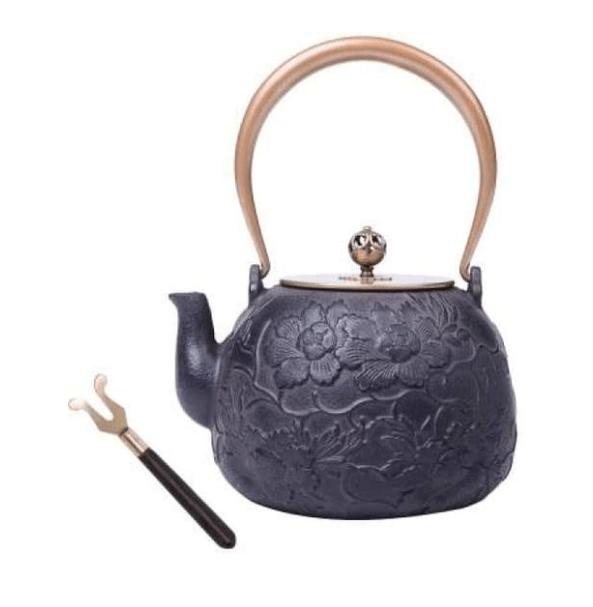
Their tea pots come with a filter as well. Although you can get a set, you can also build your own. The below cups are wonderful to accompany the above tea pot although there were plenty of options to choose from on their site.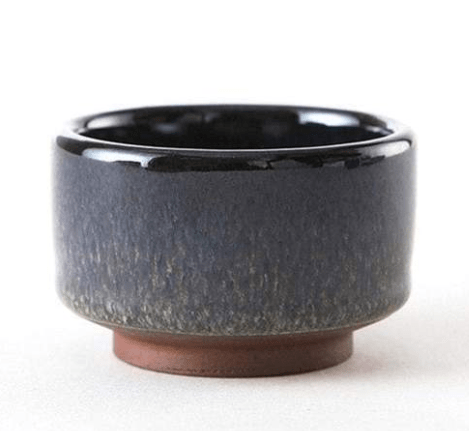
Additionally,you can get a tea pot mat which is generally a good idea, so you can keep your hot pot off your nice wooden furniture. 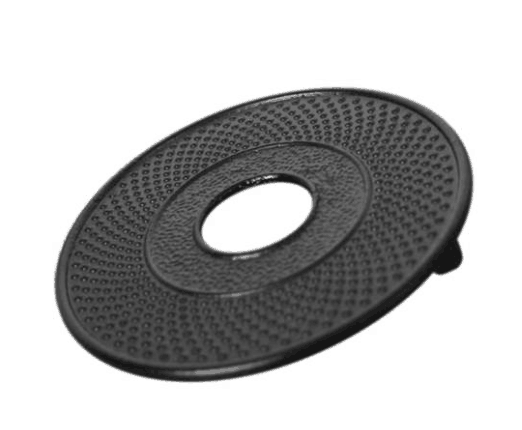
They didn’t have the blue tea pot in stock so we opted to review this very unique Dragon tea port instead – wow, right?
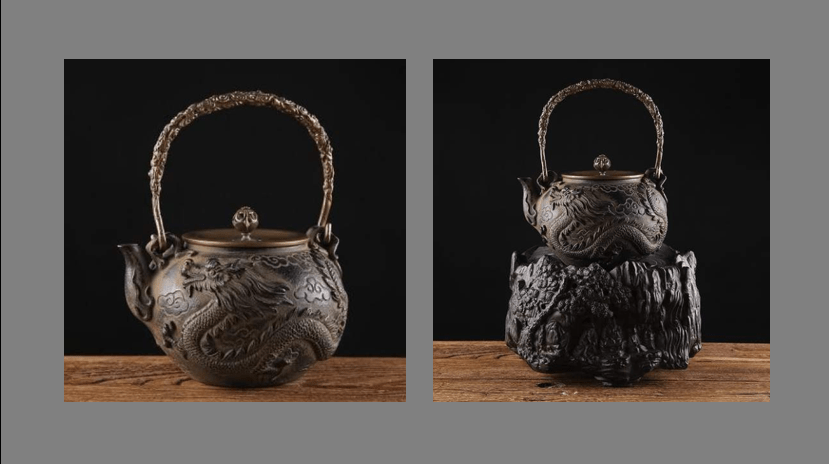
The tea cups were equally magnificent. We went with the Natori, which is a beautiful, elegant but simple design and color. Below, the Mihara design is shown on the left and the Natori design is shown on the right.
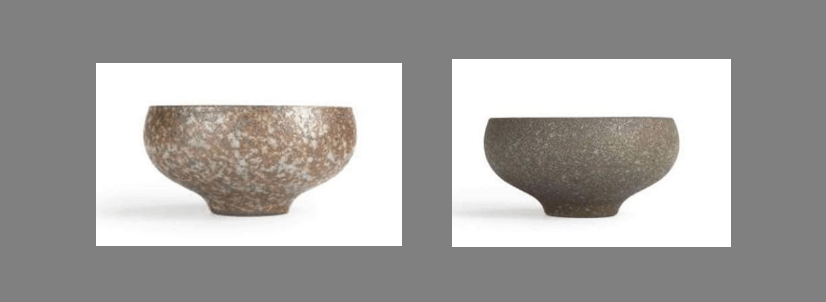
So, what was our experience like? Magnificent of course. We sat around a low table and in yoga back chairs for the experience and eight of us participated. Having unique tea pots and cups that really set the mood are part of the tea ceremony experience.
This cast iron tea pot they call Tekari holds around 1.2 liters which is larger than the majority of the tea pots they offer. It is available in the tea pot only or if you wish to order the tea pot with the stove. (see above).
To find out more about their products as well as how to order, visit their website. You can also check out this link for the gorgeous blue Suisho tea pot shown above, as well as their tea pots section and their tea cups section for the broad variety of options they offer. They also offer an entire page of containers for Matcha tea (see below for a few of the offerings they have available).

Cast Iron Tea Pots & Sets from Enjoying Tea
We also got in a cast iron tea pot, cups and a trivet from Enjoying Tea, who also has an incredible website, full of offerings all related to tea. Based in San Francisco, they’ve been around since 2002. In their words, not ours, Enjoying Tea stands for “Affordable Luxurious Enjoyment”. They have a broad range of cast iron tea pots to choose from as well, from more traditional bronze and silver to colored pots or as they call them Tetsubin pots.

We decided to go for one of their bronze tea pots in a larger size (their more standard pots house around 22 ounces of tea). The Eagle Bronze pot we went with is a bit larger and can handle around 37 or so ounces and comes with a removable stainless filter for the loose leaf tea.
This tea pot is made from sturdy iron and has enamel coating on the interior to prevent rusting. We love birds and although the more common choices for tea pots are Koi, Bamboo or the Dragon, we wanted to give the Eagle pot a try because of all the wonderful things it depicts. For example, the Eagle symbolizes honor, courage, and bravery. One of the things that makes cast iron tea pots different than regular ones is that they heat more evenly and they also retain heat really well. Although this is NOT the case with all cast iron tea pots, they informed me that you can use this pot directly on a stove top to heat water.

As noted above, it’s a good idea to get a trivet which allows you to serve a pot of hot tea without worrying about damaging your table. It is traditionally designed for holding a hot cast iron tea pot (Tetsubin) and has 3 legs underneath for stability. We went with a matching Bronze trivet. Gorgeous right?
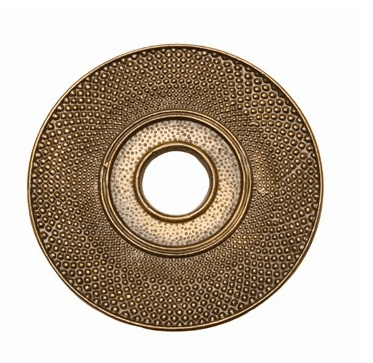
They had several bronze tea cups to choose from to accompany this tea pot because you can ‘built your own.’ We loved the below teacup which paired so well with the cast iron Eagle tea pot. These cups are made from sturdy iron and has enamel coating on the interior to prevent rusting. They’re quite small which is typical for tea cups in Japan and even in other parts of Asia — roughly two inches in height and nearly 3 inches in diameter, which is perfect when you’re hosting four or six people.
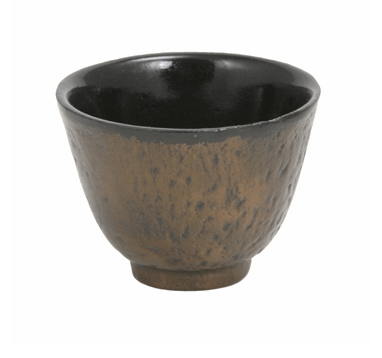
We reviewed this beautiful Eagle gem — why not since the tea ceremony was being held in the United States? It was such a delightful experience to say the least. The quality of the tea pot is top notch — both heavy and durable, and designed to withstand a lot of use over many years.
Enjoying Tea is also “big” on their loose leaf tea selection. Tea parties or ceremonies have an affluent cultural importance in many countries in Asia, especially China and Japan. Special occasions are marked with Oolong or White Tea. They also offer foral teas, Chai, decaf, Pureh, Rooibos and more.
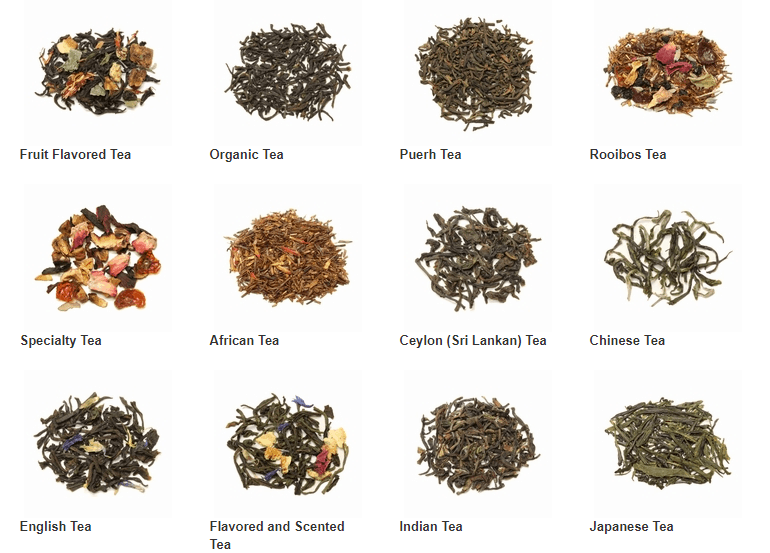
A selection of some of the loose tea offerings by Enjoying Tea. You can also order tea bags as well.
To find out more about the collections and individual items from Enjoying Tea, check out their website. They have a great selection of cast iron tea pots as well as tea sets, tea cups and tea of course.
________
Note: We were sent products to review but all opinions expressed are entirely our own.

Renee Blodgett is the founder of We Blog the World. The site combines the magic of an online culture and travel magazine with a global blog network and has contributors from every continent in the world. Having lived in 10 countries and explored nearly 80, she is an avid traveler, and a lover, observer and participant in cultural diversity.
She is also the CEO and founder of Magic Sauce Media, a new media services consultancy focused on viral marketing, social media, branding, events and PR. For over 20 years, she has helped companies from 12 countries get traction in the market. Known for her global and organic approach to product and corporate launches, Renee practices what she pitches and as an active user of social media, she helps clients navigate digital waters from around the world. Renee has been blogging for over 16 years and regularly writes on her personal blog Down the Avenue, Huffington Post, BlogHer, We Blog the World and other sites. She was ranked #12 Social Media Influencer by Forbes Magazine and is listed as a new media influencer and game changer on various sites and books on the new media revolution. In 2013, she was listed as the 6th most influential woman in social media by Forbes Magazine on a Top 20 List.
Her passion for art, storytelling and photography led to the launch of Magic Sauce Photography, which is a visual extension of her writing, the result of which has led to producing six photo books: Galapagos Islands, London, South Africa, Rome, Urbanization and Ecuador.
Renee is also the co-founder of Traveling Geeks, an initiative that brings entrepreneurs, thought leaders, bloggers, creators, curators and influencers to other countries to share and learn from peers, governments, corporations, and the general public in order to educate, share, evaluate, and promote innovative technologies.

